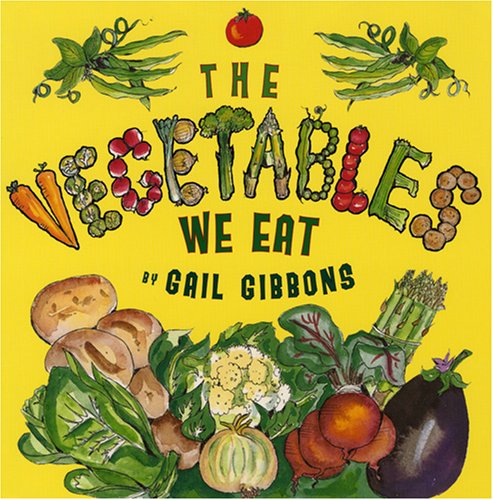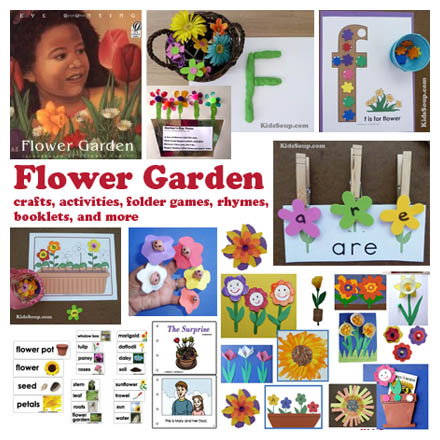

Science/Scientific Knowledge expands knowledge of and abilities to observe, describe, and discuss the natural world, materials, living things, and natural processes. In that case, talk about if they have ever seen a flower garden? Did you like it? What did you like/not like about it? Where did you see the garden? Ask them if they have ever helped plant a garden before? Where do you get the plants? What did you have to do to make the garden? What do you have to do to take care of the garden? If you live in the city, this might be more difficult for the children to answer.
Jamboree ( a celebration, in the story it is a celebration of colors!). Trowel ( a shovel for planting flowers or vegetables). Gardening catalogs or spring fliers from local garden stores. If they do not have stems, cut pipe cleaners into 6-8 inch pieces and attach to the silk flower heads.) Silk flowers (these can often be gotten at craft stores for a few dollars. It is inspiration to those who live in the city and a reminder of the joy that plants bring to people everywhere. This is a wonderful book about spring and a little girls gift to her mother. Helping Your Child to become Creative so that they can help change the world.īook Play Everyday Teaching Preschoolers Through the Love of Books. Helping Your Preschooler Prepare for Reading. Multiple Intelligence and Children’s Learning. The Value of Play Dough in Early Childhood. The Importance of Teaching Classroom Rules. This warm family story is a splendid showcase for the combined talents of Medina, a Pura Belpré award winner, and Dominguez, an honoree. A Spanish-language edition, Mango, Abuela, y yo, gracefully translated by Teresa Mlawer, publishes simultaneously. They will also cheer for the warm and loving relationship between Abuela and Mia, which is evident in both text and illustrations even as the characters struggle to understand each other. Readers from multigenerational immigrant families will recognize the all-too-familiar language barrier. And as Abuela and Mia teach Mango, and each other, to speak both Spanish and English, their “mouths with things to say.” The accompanying illustrations are charmingly executed in ink, gouache, and marker, “with a sprinkling of digital magic.” They depict a cheery urban neighborhood and a comfortable, small apartment. She and her mother buy a parrot they name Mango. A red feather Abuela has brought with her to remind her of a wild parrot that roosted in her mango trees back home gives Mia an idea. Mia sets out to teach her Abuela English. 
And Abuela’s English is too poquito to tell Mia all the stories a granddaughter wants to hear. The measured, evocative text describes how Mia’s español is not good enough to tell Abuela the things a grandmother should know. But how will they communicate if Mia speaks little Spanish and Abuela, little English? Could it be that a parrot named Mango is the solution? Abuela is coming to stay with Mia and her parents.






 0 kommentar(er)
0 kommentar(er)
